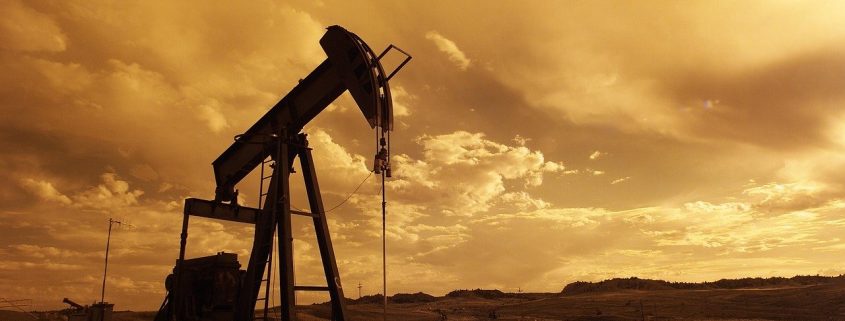Analyst: Who’s in trouble — and who’s in bigger trouble — at $20 oil
Houston’s energy companies are being rocked by plunging demand amid the COVID-19 pandemic on one side and supply shocks as OPEC countries gear up to produce more oil on the other.
But some subsectors are better off than others.
The top of that list right now would be oil and gas trading arms backed by physical assets, said Jamie Webster, senior director at the Boston Consulting Group’s Center for Energy Impact.
“This is the sort of volatility that they love,” Webster said. “They can trade around their physical assets, combining them with financial instruments to offset some of the losses from the upstream or downstream parts of the organization.”
Refineries have seen their margins crushed by the plunging demand for the products they produce, but the declining crude prices have given them some amount of breathing room, Webster said. That means that if something changes on the demand side and refineries can find buyers for their product, things could turn around for them fairly quickly, he said.
“They could end up having a fantastic second half of the year,” Webster said.
The oil field services sector, which was already in a tight spot due to tightening upstream capital expenditure budgets even before the rapid changes that came earlier this month, could have an especially tough time ahead. That’s particularly true of companies associated with exploration — seismic companies, for example, Webster said.
“What we saw in 2014, and I expect to see it now, is that you want to cut where you can, where you have degrees of freedom to move. You want to cut things like exploration, where they’re way out there, and you aren’t going to be getting volumes online any time soon,” Webster said.
Early analysis indicates that capital expenditures among upstream producers could end up cut by 40 percent of the initial guidance at the start of the year, Webster said.
West Texas Intermediate crude oil futures reached down into the mid- to low-$20s per barrel on March 18 and 19, following a rapid decline into the low $30s and high $20s in the week prior. Social distancing as a response to the pandemic and the OPEC activity are poised to create a supply and demand imbalance that would double the worst quarter in the post-2014 oil price downturn.
By Joshua Mann – Senior Reporter
Courtesy of Houston Business Journal
https://www.bizjournals.com/houston/news/2020/03/20/analyst-whos-in-trouble-and-whos-in-bigger-trouble.html




Leave a Reply
Want to join the discussion?Feel free to contribute!